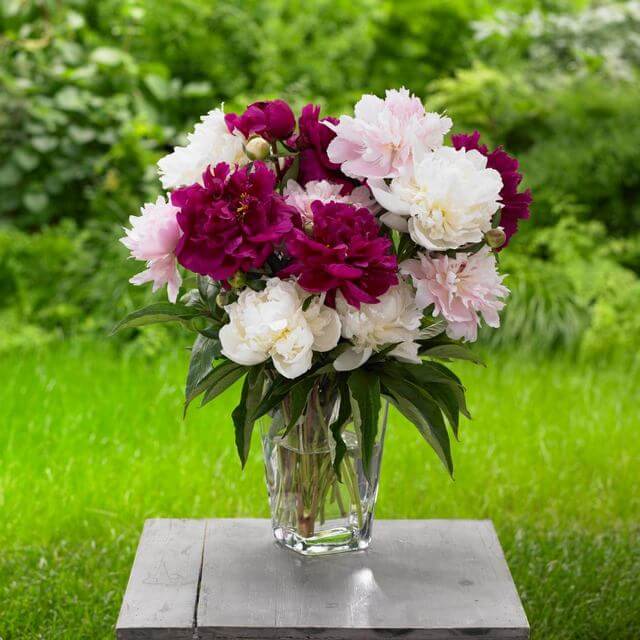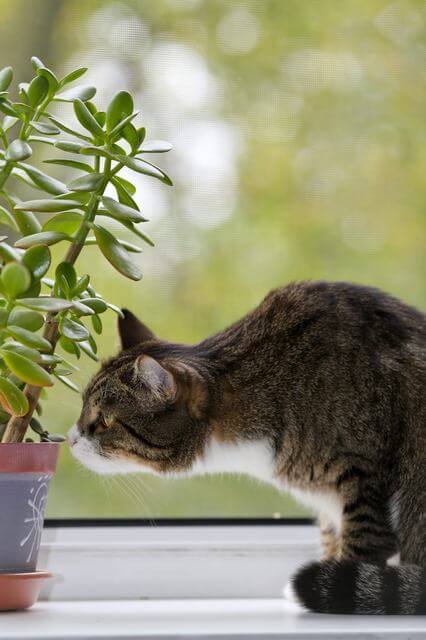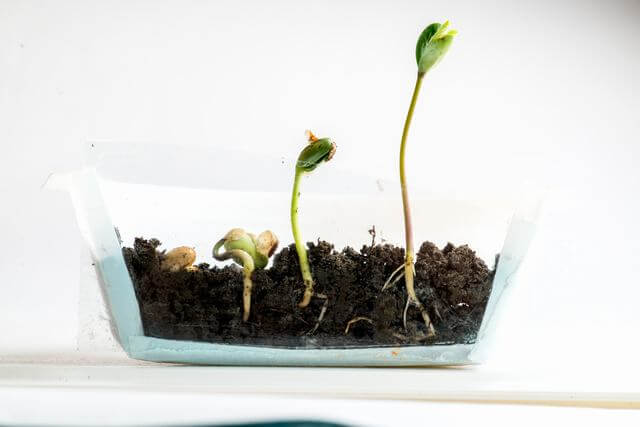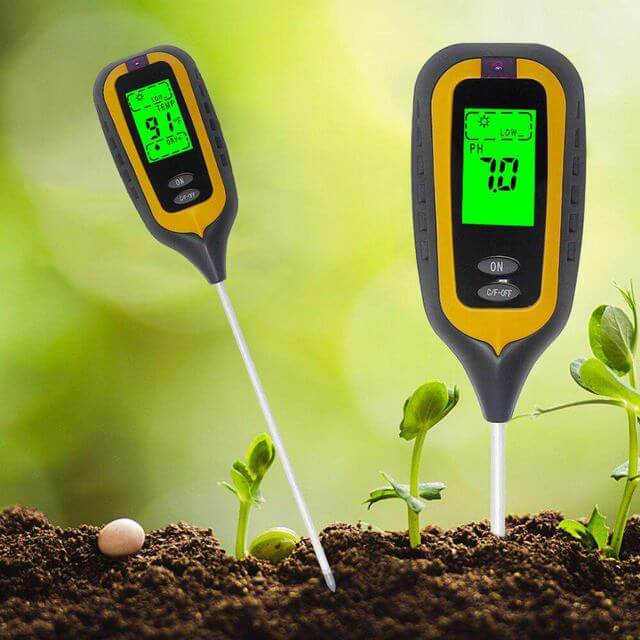Vinegar isn’t just for cooking; it can actually work wonders for your indoor plants, too! In today’s article, we’re excited to share 8 clever ways to use vinegar that will help keep your leafy friends happy, healthy, and green.
The best part? Vinegar is completely natural, super affordable, easy to find, and safe to use around pets and people. No need for harsh chemicals or expensive treatments!
Whether you’re battling pests, preventing disease, or looking to give your young plants a boost, vinegar can do more than you’d think. It’s a simple, eco-friendly solution that fits perfectly in any home.
Scroll down to explore each idea. We’ve broken them down with photos and clear tips so you can try them right away and yes, the results might just surprise you!
#1 Keep Indoor Flowers Fresh Longer
 Image Credits: Hgvt
Image Credits: Hgvt
If you love decorating your space with fresh flowers, vinegar can help them stay beautiful for days. Just add 2 tablespoons of white vinegar and 1 tablespoon of sugar to a vase filled with water before placing your flowers inside.
The vinegar slows bacterial growth, while the sugar feeds the stems. Change the water every couple of days, and your bouquet will stay lively much longer than usual.
It’s a quick, budget-friendly trick that makes your blooms feel like they’re freshly picked every time you walk by.
#2 Clean Houseplants
 Image Credits: Apartmenttherapy
Image Credits: Apartmenttherapy
To get rid of these stains or dust over time on the foliage of indoor plants, you can use a mix below. Make a solution using the ingredients: 1/2 cup of white vinegar, 5-8 drops of dish soap, and 8-10 cups of water.
Mix them in a larger bowl, and then fill it in a spray bottle and spray a fine layer on the foliage and the cotton cloth. Wipe off the leaves for a clean and shiny look, and place your plant in the shade, as the direct hot sun may burn the leaves.
#3 Repel Powdery Mildew Disease
 Image Credits: Reddit
Image Credits: Reddit
Vinegar contains acetic acid, which is a great component to control powdery mildew. Simply, you just add 2-3 tablespoons of vinegar to a gallon of water and spray it on the affected area of the plant.
#4 Keep Curious Pets Away
 Image Credits: Gardeningknowhow
Image Credits: Gardeningknowhow
Both dogs and cats hate the vinegar smell. So, if you want to protect indoor plants from these mysterious pets, let’s wet an old piece of cloth in vinegar and place it near the pot.
#5 Promote Germination Of Seedling
 Image Credits: Gardening Know How
Image Credits: Gardening Know How
Want to give your seeds a better head start? Vinegar can actually help tough-coated seeds sprout faster.
Simply soak seeds like morning glory or nasturtium in a solution of 1 cup of water and 1 teaspoon of white vinegar for 8 to 12 hours before planting. This softens the seed coat and allows moisture to enter more easily, speeding up germination.
It’s an easy prep step that can make a big difference, especially if you’re growing herbs or flowers indoors. Give your little sprouts a nudge naturally and affordably.
#6 Remove White Lines from the Glass/Vase
 Image Credits: Flowermanflowers
Image Credits: Flowermanflowers
Stubborn white streaks inside your flower vases or glass pots are often due to mineral buildup from hard water. The good news is that vinegar can wipe them out with barely any scrubbing.
Just fill the vase with a mix of equal parts white vinegar and warm water, let it sit for about 30 minutes, then rinse and wipe clean. For heavy stains, use a bottle brush to gently scrub the sides after soaking.
Your glass will sparkle again, making your flowers or cuttings look even more beautiful. Simple, quick, and no harsh chemicals needed.
#7 Amend Soil pH
 Image Credits: Daraz
Image Credits: Daraz
Ferns, African violet, rubber plant, and gardenia are acid-loving indoor plants.
So, you can mix 1 tablespoon of white vinegar with 1 liter of water and pour it into the pot, and then water the plant with this solution. Keep in mind that you use enough to avoid damaging your plants.
#8 Clean Clay Pots
 Image Credits: Apartmenttherapy
Image Credits: Apartmenttherapy
After using a clay pot over time, it will get dirty with minerals, calcium, and salts from fertilizers and water. For this case, you can use vinegar to bring back the original look.
